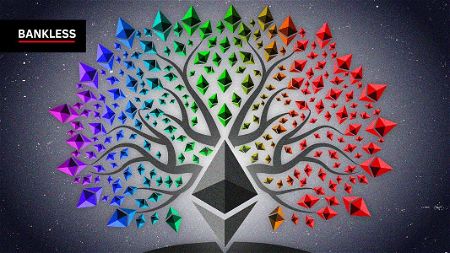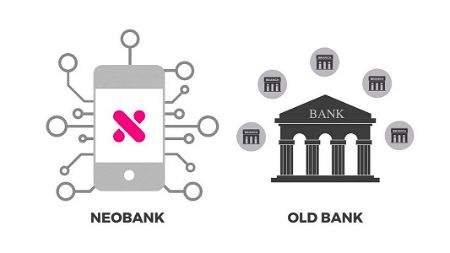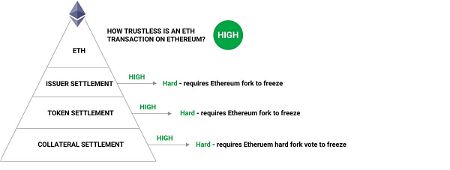Here are the Best “Real Yields” in DeFi
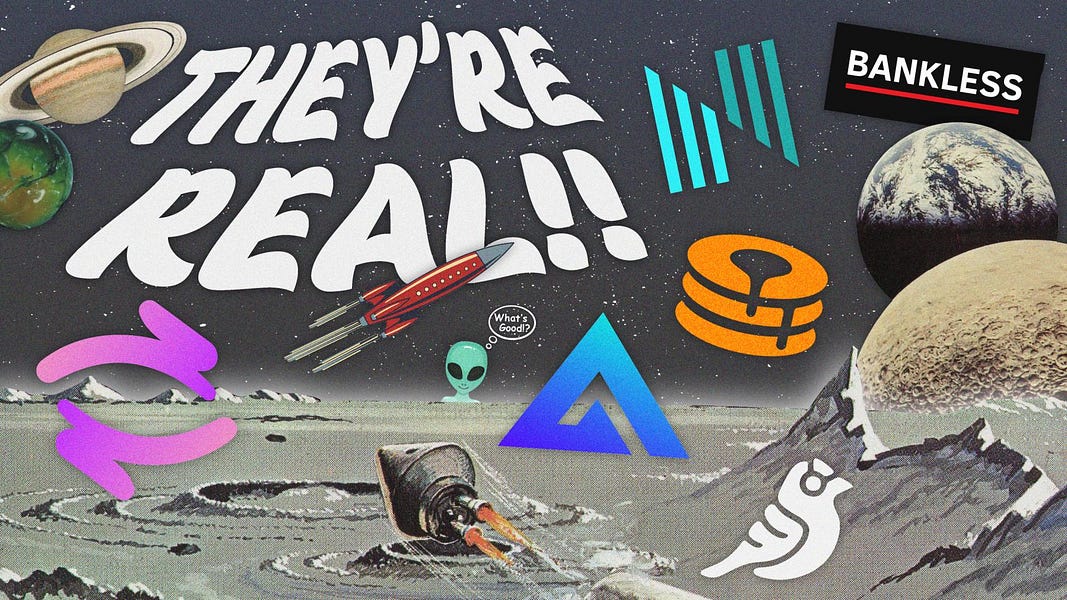
Dear Bankless nation,
There’s a new “meta” on Crypto Twitter. It’s called “real yield”.
Ironically, there’s nothing new about it, because that’s just how a real world business works.
But in Web3, the standard has been a bit different. Blockchains allow projects to issue their own tokens for practically nothing. As a result, the typical playbook involves distributing those tokens via liquidity mining.
They subsidize yields with tokens for users!
That’s a nice and dandy business strategy when markets are booming and number goes up.
But when number goes down, it starts to spiral out of control. People sell the tokens, the yield goes down, liquidity leaves the system, and token holders are left with empty bags. It’s not sustainable.
Instead, protocols need to build real businesses that generates real fees, and in turn, real yields.
Luckily, that’s starting to happen.
DeFi isn’t dead. There are real, organic yields out there.
Ben puts a spotlight on where that alpha is today.
- Bankless team
Back in June, we asked whether or not DeFi yields were dead?
At first glance, this may seem to be the case. As the value of token emissions and risk appetite has plummeted, DeFi yields have continued to compress. The wild bull market days of triple-digit yields are gone, as stablecoin deposit rates in Aave and Compound on Ethereum are coming in at a lower rate than T-Bills.
But if you know where to look, there are still numerous opportunities out there,.
With liquidity mining incentives falling out of fashion due to a contracting crypto market, yield farmers are now turning to generating yields from more sustainable sources that are producing genuine trading fees or lending interest on market-tested protocols — giving birth to the new meta of “real yield”.
While these opportunities require farmers to take on increased levels of risk commensurate with their higher returns, they still represent a way for DeFi users to generate income by putting some capital to work during this bear market.
Let’s break-down a few of the best opportunities that fit this mold for ETH, BTC, and stablecoins.
1. GMX
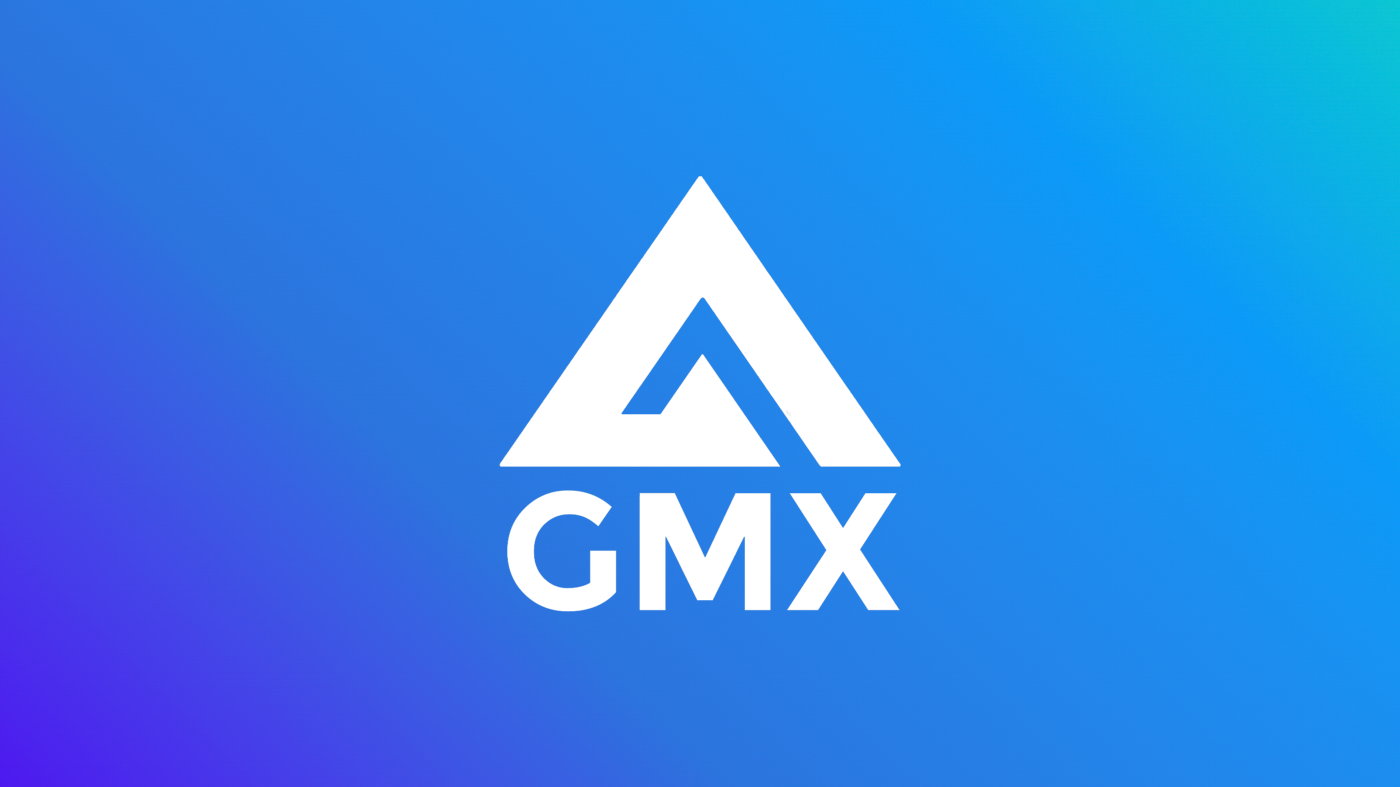 GMX | Decentralized Perpetual Exchange" loading="lazy" title="GMX | Decentralized Perpetual Exchange">
GMX | Decentralized Perpetual Exchange" loading="lazy" title="GMX | Decentralized Perpetual Exchange">- Network(s): Arbitrum, Avalanche
- Assets: ETH, wBTC, USDC, DAI, USDT, FRAX
- Risk: Medium
- 🌾 Yield: 22-29%
GMX is a decentralized perpetuals exchange. The protocol utilizes a unique model where users can act as the counterparty for traders on the DEX by providing liquidity to a basket of assets. This pool is known as GLP.
GLP primarily consists of majors such as ETH and wBTC as well as stablecoins, and is designed to give index-type exposure to LPs.
To open positions on GMX, traders borrow from GLP, with a borrowing fee replacing the traditional funding rate. This, along with fees generated from traders opening positions, liquidations, and swaps are paid out in ETH or AVAX to GLP holders and GMX stakers at a 70/30 split.
There is currently $348.8M of assets in GLP across the protocols Arbiturm and Avalanche deployments.
Strategy Overview
To earn yield on GMX, users can provide liquidity to GLP.
The pool is currently projected to return 29.4% APR in ETH on Arbitrum and 22.54% in AVAX on Avalanche.
On Avalanche, GLP holders can increase their returns further via esGMX rewards, which are GMX tokens that vest over the course of 1 year and that can be staked to earn boosted rewards via what the protocol calls multiplier points.
Risk Factors
GLP liquidity providers primarily take on two forms of protocol-specific risk.
The first is inventory risk, as LPs are exposed to the price fluctuations of the assets in the pool. The second risk is trader P&L risk. As mentioned above, GLP acts as the counterparty for traders on GMX. This means that should traders make a substantial profit, particularly if they did so via shorting, a portion of GLP could be drained, resulting in LPs taking a substantial haircut.
2. Hop Protocol
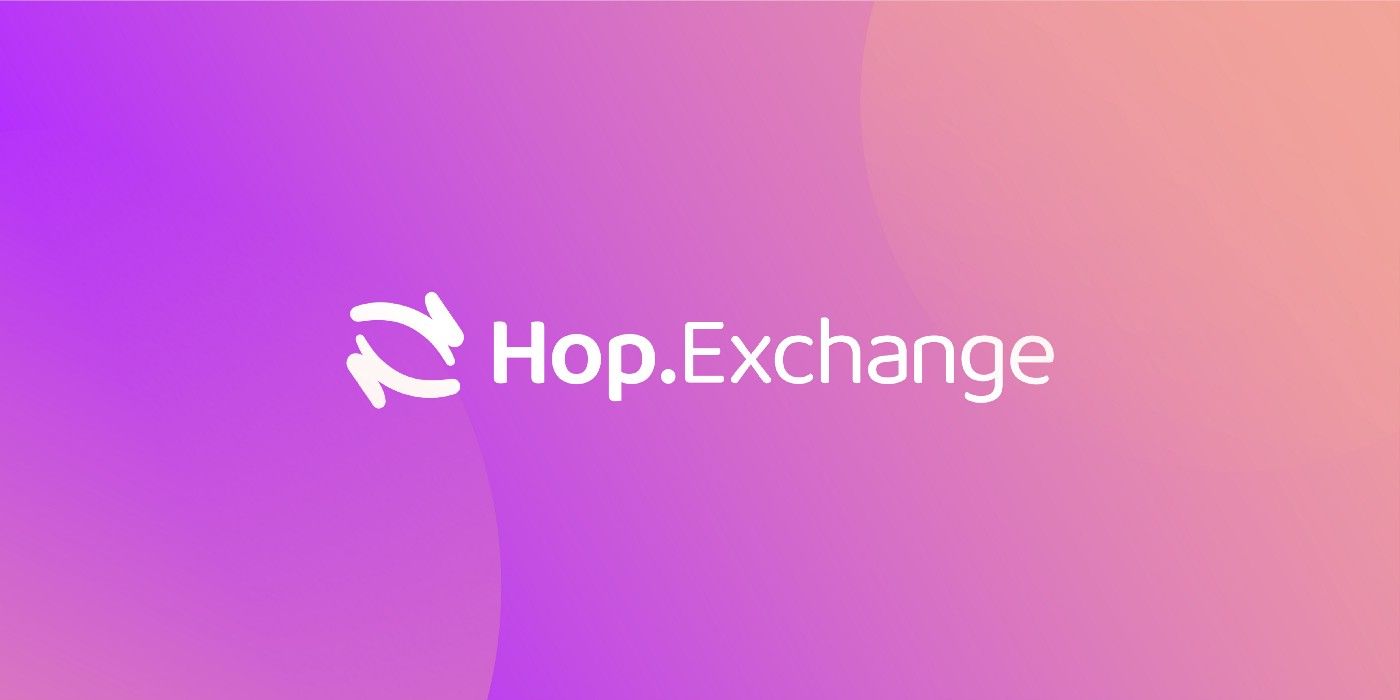
- Network(s): Ethereum, Arbitrum, Optimism, Polygon, Gnosis Chain
- Assets: ETH, USDC, USDT, DAI
- Risk: Medium
- Yield: 6-8%
Hop is a cross-chain liquidity network.
Hop enables users to transfer assets between Ethereum and L2 such as Arbitrum and Optimism in a matter of minutes, bypassing the 7-withdrawal delay for optimistic rollups.
The protocol does this via an AMM, where it uses an intermediary token (hToken) to facilitate swaps between canonical assets, which are assets natively issued by an L1 or L2.
Each hToken represents a claim on a real asset deposited into Hop by liquidity providers, who, like with a typical AMM, earn a transaction fee for each transfer processed by the network. To date, the protocol has facilitated $2.7B in bridging volume.
Strategy Overview
There are several different pools where users can provide ETH, USDC, DAI, USDT, or MATIC liquidity to HOP.
As of writing, the highest yielding pools are the ETH pool on Optimism (8.5% APR) and USDC pool on Arbitrum (6.8% APR).
HOP is also discussing launching a liquidity mining program which would further increase LP returns — keep your eyes peeled to their governance forums for any updates.
Risks
HOP liquidity providers take on several risks. The first is price risk, as users are exposed to the price volatility of the underlying asset they are providing liquidity for.
The second risk is network risk, as LPs on HOP are exposed to the security of all the underlying L1s and L2s that it is connected to. Should any of these networks be attacked or experience any sort of critical issue, LP funds would be put at risk.
Maple Finance
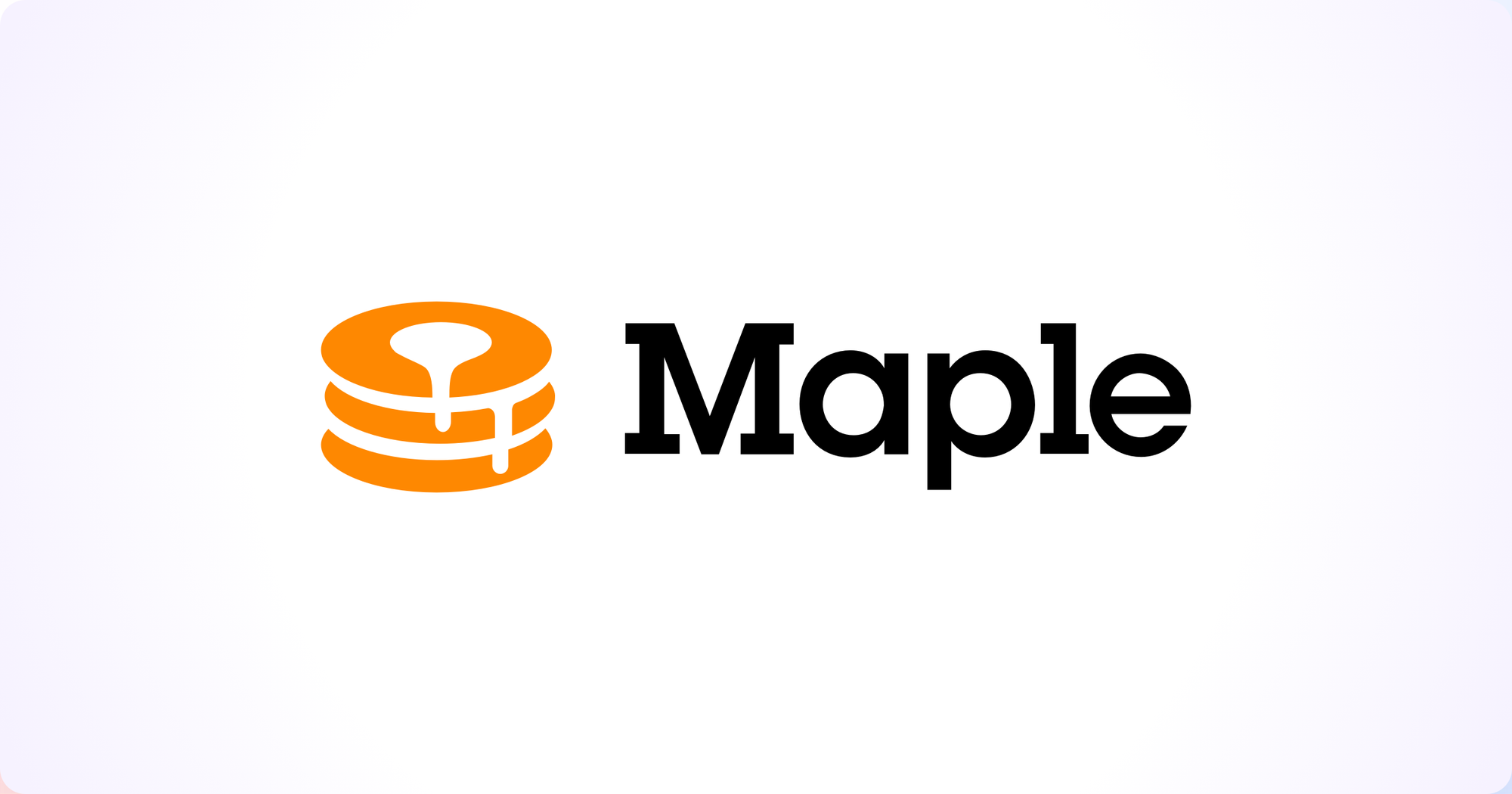
- Network(s): Ethereum, Solana
- Assets: ETH, USDC
- Risk: Medium/High
- Yield: 5-7%
Maple is an under-collateralized lending platform. Maple enables institutions, such as market makers or VCs, to take out under-collateralized loans via isolated lending pools. These pools are managed by an entity known as a pool delegate, who assesses the risk of a borrower's credit-worthiness.
Depending on the pool, any user or whitelisted addresses, can loan either USDC or ETH to receive lending interest and MPL rewards. To date, Maple has originated $1.6B in loans.
Strategy Overview
While some pools on the platform are permissioned, there are several Maple pools which currently accept public deposits.
These include the USDC and wETH pools managed by Maven 11, which currently yields 7.7% APY and 5.3% APY respectively, as well as Orthogonal Trading USDC Pool, where depositors are earning 7.9% APY.
Of the three, on a risk-adjusted basis, the Maven 11 USDC pool may be the most attractive, as it has the highest coverage ratio (the value of the assets acting as a backstop for a pool relative to outstanding debt) at 8.6%.
Risks
Maple lenders take on liquidity risk, as depositors in the three pools above are subject to 90-day lockups in which they will be unable to withdraw their capital. In addition, users take on credit risk, as it is possible that a pool’s counterparty will be unable to repay their loans.
Given that borrowers do not have their books entirely on-chain, lenders must trust pool delegates to properly assess credit risk.
Goldfinch Finance

- Network(s): Ethereum
- Assets: USDC
- Risk: High
- Yield: 17-25% APY
Goldfinch is a credit protocol.
Whereas Maple is focused on enabling crypto-native institutions to access on-chain capital, Goldfinch aims to do the same for real-world businesses, as these companies are able to use the protocol to access credit to help finance their operations.
Goldfinch sources the liquidity to originate loans via a tranched system, where participants can either provide liquidity to the Senior Pool or to individual Junior Pools. The key difference between the two is that Senior Pool deposits are spread across all pools on the platform, while Junior Pools represent loans made to individual borrowers.
The Junior Pools are subordinate to the Senior Pool, meaning that should a borrower default, Senior depositors will be paid back before Junior. Goldfinch currently has $99.2M in active loans across the 12 active pools on its platform.
Strategy Overview
There is currently only one Junior Pool, the Africa Innovation Pool, that is accepting deposits.
The pool, where users can lend to Cairus, an emerging markets credit firm, currently pays out a 25.3% APY, with a yield composition of 17.0% USDC lending interest and 8.3% GFI rewards.
The Senior Pool is also open for deposits yielding a combined 14.6% APY of USDC lending interest and GFI rewards.
Risks
Goldfinch lenders should be aware of several important risks such as credit risk, as borrowers defaulting on their loans can put lender capital, especially Junior Pool depositors, at risk. In addition, Junior Pool lenders take on some liquidity risk, as while they receive a token, FIDU, which represents a claim on their underlying USDC and can be redeemed via the Senior Pool, it is possible that lenders will be unable to exit their position should there be insufficient liquidity for redemptions.
Bonus Opportunities
Let’s highlight a few more opportunities where DeFi users can earn non-emission based yield.
- Notional Finance (4-7% APY): On Notional, users can make fixed-rate loans of ETH, wBTC, USDC and DAI to earn lending interest, with rates sitting at between 4 - 7% APY.
- Sherlock (5-28% APR): Users can earn up to 28.7% on USDC by providing cover, i.e. acting as a backstop for protocols audited via the Sherlock network.
Yield Farming Lives
As we can see there are numerous opportunities for risk-tolerant DeFi users to generate yield at above market-rates through protocols such as GMX, Hop, Maple and Goldfinch. With the bulk of their yield not coming from token emissions, it is also likely that these protocols will be able to sustain their higher returns for the foreseeable future.
 Ben Giove
Ben Giove 


